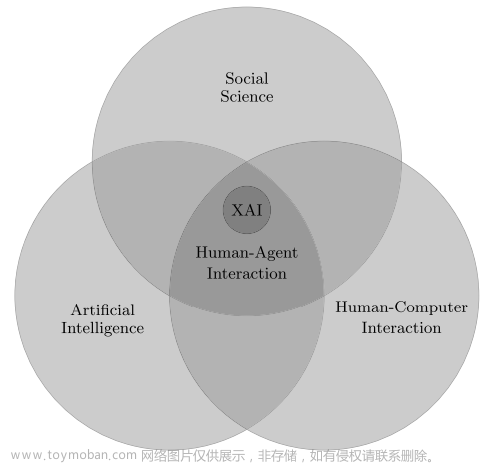论文还未发表,不细说,欢迎讨论。
Title: A New Solution to Skeleton-Based Human Action Recognition via the combination usage of explainable feature extraction and sparse sampling global features.
Abstract: With the development of deep learning technology, the vision-based applications of human action recognition (HAR) have received great progress. Many methods followed the idea of data-driven and tried their best to include more and more motion features in consideration for higher accuracy purposes. However, the thought of “the more features adopted, the higher accuracy will be”will inevitably result in the ever-increasing requirement of computing power and decreasing efficiency. In this paper, in order to effectively recognize human actions with only a few of the most sensitive motion features, the explainable features, the combining usage of local and global features, and a multi-scale shallow network are proposed. First, the explainable features let a deep neural network be finetuned in the input stage, and an action represented by these features are easier to find priori theory of physics and kinematics for data augmentation purpose. Second, although criticism of the global features never stops, it is universally acknowledged that the context information included in the global feature is essential to HAR. The proposed SMHI—motion history image generated in a sparse sampling way, can not only reduce the time-cost, but also effectively reflect the motion tendency. It is suggested to be a useful complementary of local features. Third, full experiments were conducted to find out the best feature combination for HAR. The results have proved that feature selection is more important than computing all features. The proposed method is evaluated on three datasets. The experiment results proved the effectiveness and efficiency of our proposed method. Moreover, the only usage of human skeleton motion data provides privacy assurances to users.
现在大多数方法有两个问题:1. 将尽可能多的特征纳入到输入端,虽然可以增强准确率,但增加了计算负担,而且模型越来越臃肿;2. 全局特征一直处于被抛弃的境地,而其包含的上下文信息却有非常重要。针对这两点,我尝试用物理学和运动学中的先验知识提取人体行为动作特征,使其具备可解释性,然后对其优化和数据增强。并进一步找到其最有效的组合。同时,通过稀疏采样的方式构建MHI,即:只提取其运动趋势特征。使之作为local feature的有效补充。实验结果良好,特别是在效率方面有质的提升。本文的主要创新点在于跳出了主流“数据驱动”特征越多越好的传统思路,通过实验证明:特征选择远比计算所有特征更为重要。文章来源:https://www.toymoban.com/news/detail-715261.html
 文章来源地址https://www.toymoban.com/news/detail-715261.html
文章来源地址https://www.toymoban.com/news/detail-715261.html
到了这里,关于基于可解释性特征矩阵与稀疏采样全局特征组合的人体行为识别的文章就介绍完了。如果您还想了解更多内容,请在右上角搜索TOY模板网以前的文章或继续浏览下面的相关文章,希望大家以后多多支持TOY模板网!










